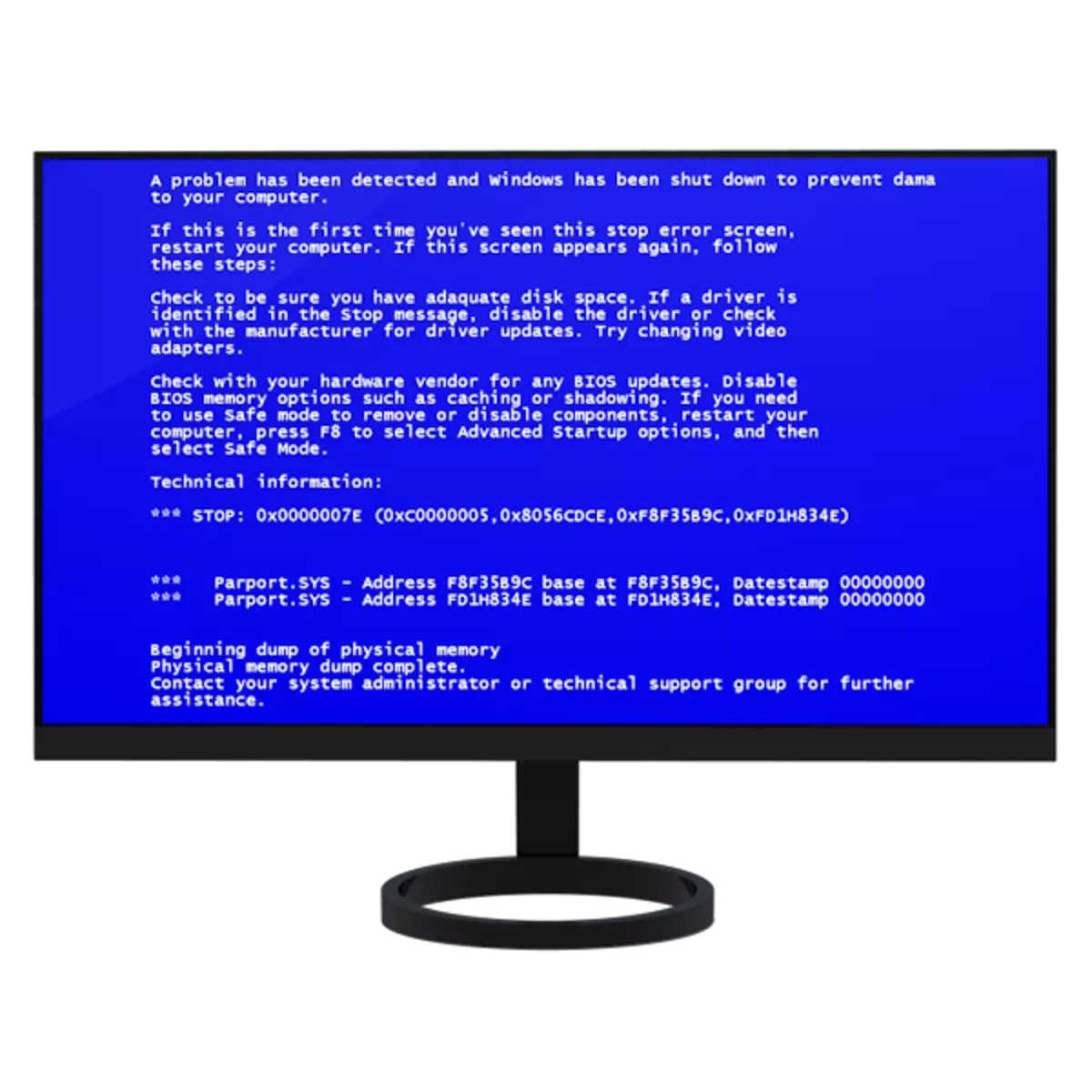
Most users have come across a close interaction with the computer with a sudden completion of the system, accompanied by a blue screen with incomprehensible information. This is the so-called "BSOD", and today we will talk about what it is and how to deal with him.
Eliminate the Blue Screen's Problem
BSOD is an abbreviation, literally meaning the "blue screen of death". It was impossible to say more precisely, because after the appearance of such a screen, further work is impossible without rebooting. In addition, such behavior of the system speaks of quite serious problems in software or hardware PC. BSODs can occur both when booting a computer and during its operation.
Now when the BSOD appears, the reboot can only be performed in manual mode. If it is impossible to access the system (error occurs during download) You can set the same parameters in the boot menu. To do this, at the start of the PC, you must press the F8 or F1 key, and then F8, or Fn + F8. In the menu, you need to select the disabling automatic reboot during failure.
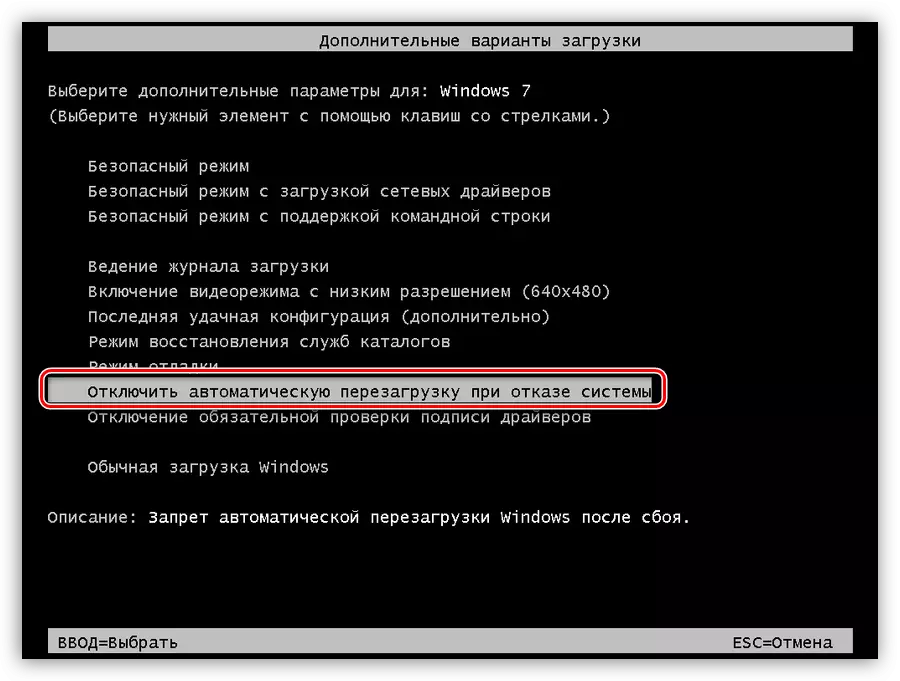
Next, we present general recommendations for the elimination of the BSDs. In most cases, they will be enough to solve problems.
Cause 1: Drivers and Programs
Drivers are the main reason for the occurrence of blue screens. It can be both firmware for hardware and files embedded in any software. If BSOD occurs precisely after installing the software, then the output here is one - perform "rollback" to the previous state of the system.
Read more: Windows restore options
If there is no access to the system, then you need to use the installation or bootable carrier with the version of the OS recorded on it, which is currently installed on the PC.
Read more: How to create a bootable USB flash drive with Windows XP, Windows 7, Windows 8, Windows 10
- To download from the flash drive, you must first configure the corresponding parameters in the BIOS.
Read more: How to set the download from the flash drive in bios
- At the second stage of installation, select "System Restore".
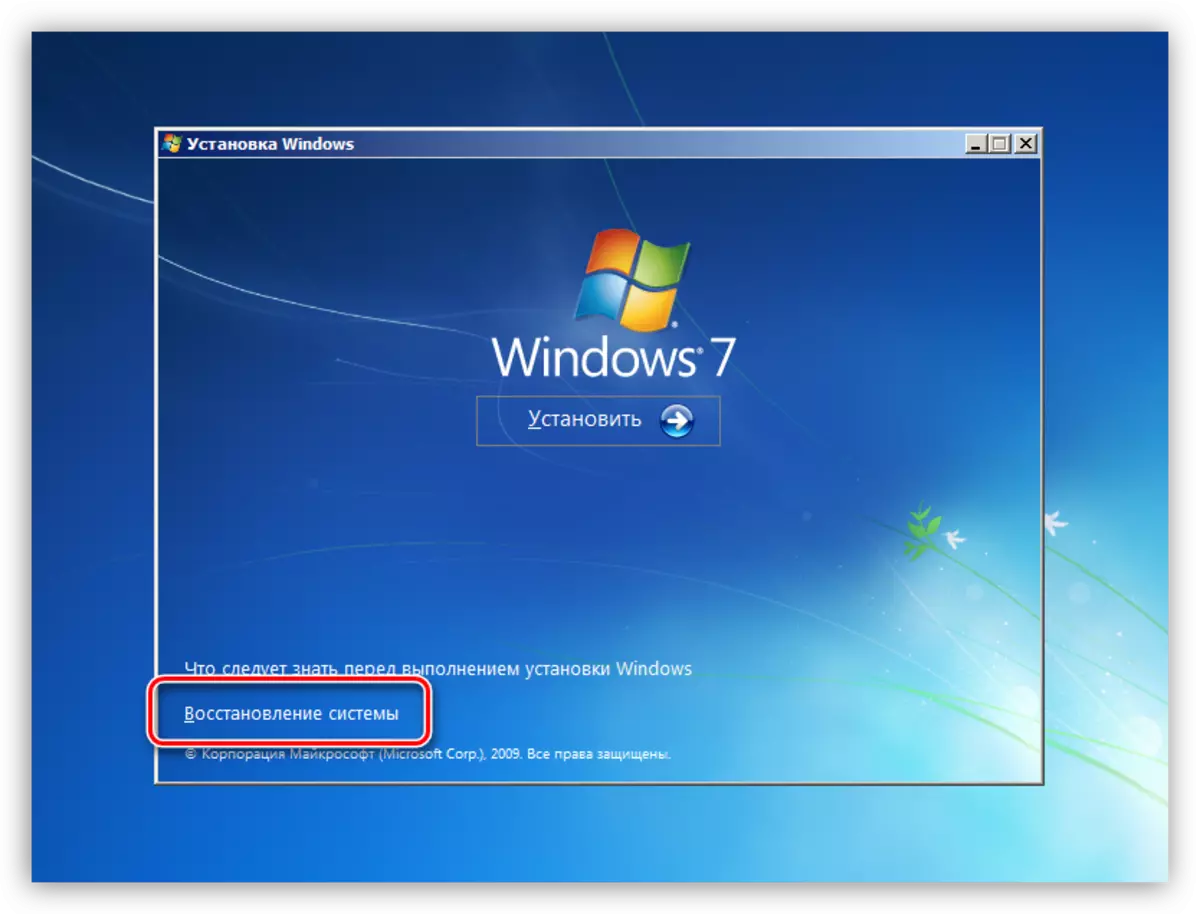
- After scanning, click "Next".
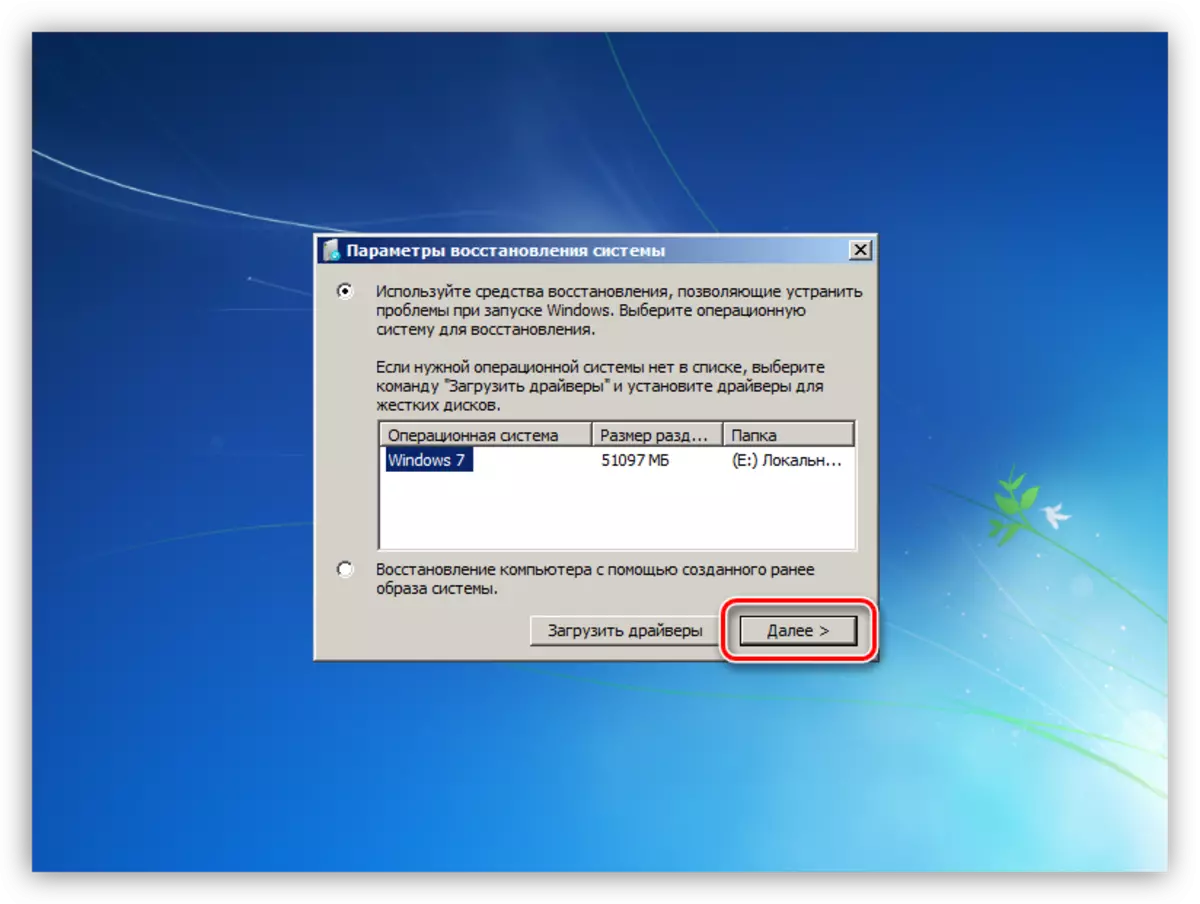
- Select the item indicated on the screenshot.
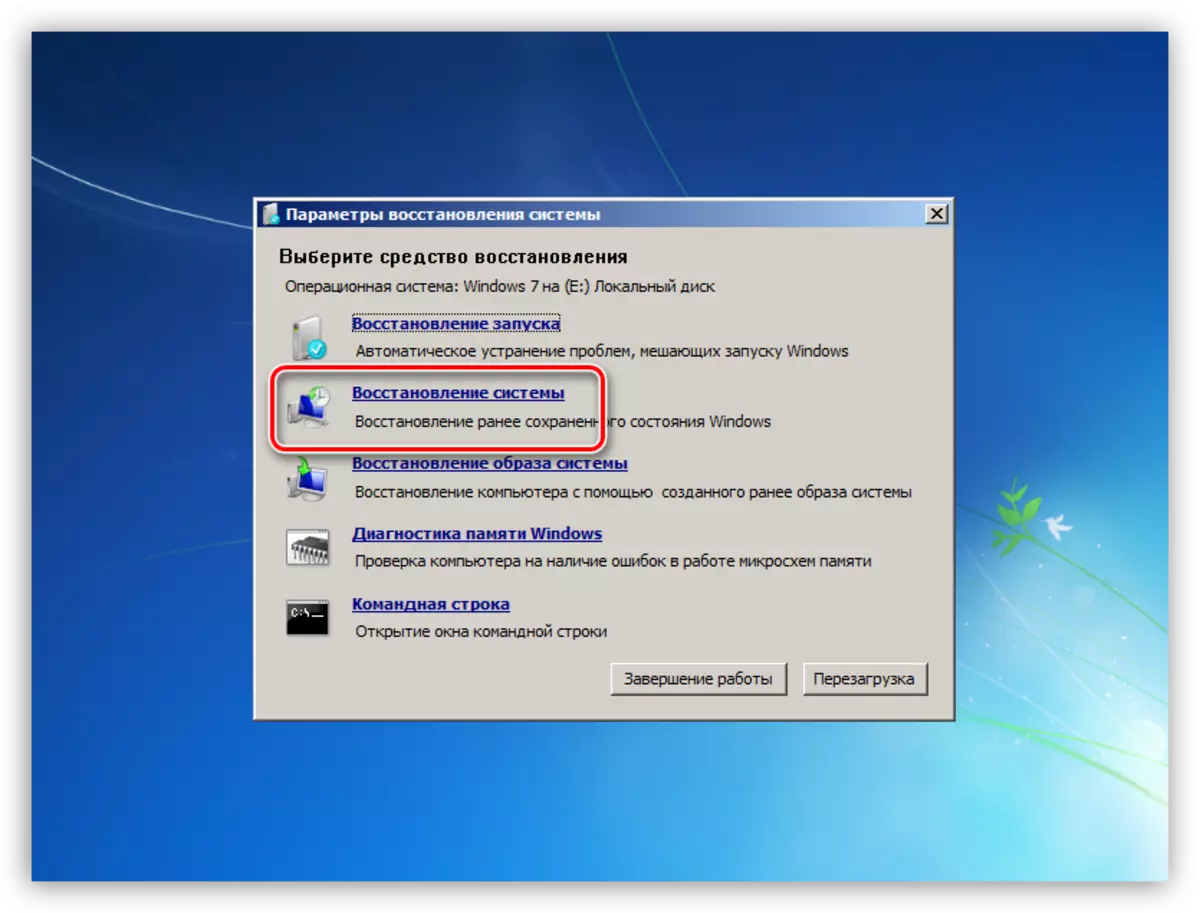
- A standard utility window will open, after which they perform the actions described in the article available on the link above.
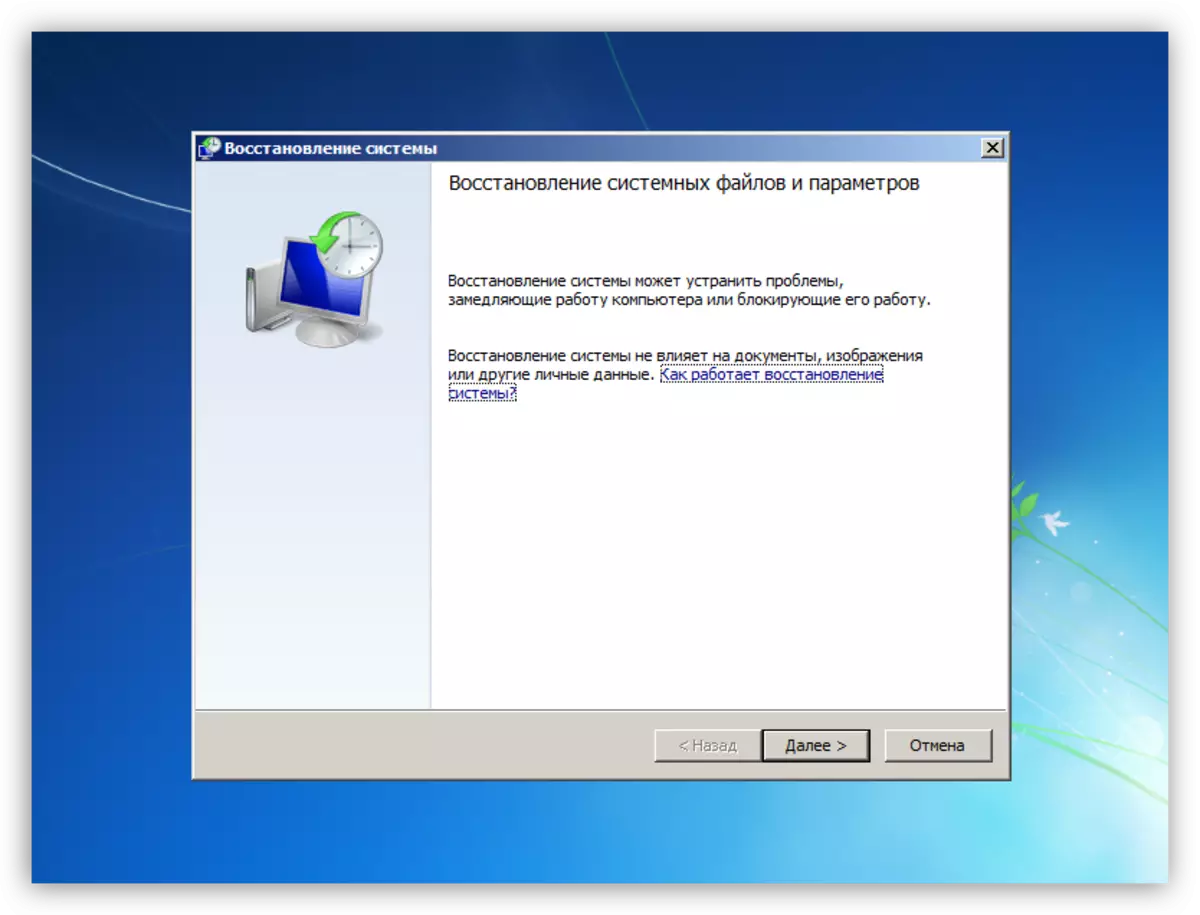
Carefully monitor the behavior of the system after installing any programs and drivers and create manual recovery points. This will help correctly determine the causes of errors and eliminate them. Timely updating of the operating system and the same drivers can also get rid of the mass of the problems.
Read more:
How to update the operating system Windows XP, Windows 7, Windows 8, Windows 10
How to update drivers on windows
Programs for installing drivers
Cause 2: "Iron"
The hardware problems causing BSOD are as follows:
- Lack of free space on the system disk or section
You need to check how the amount of drive is available for recording. This is done by the right click on the corresponding disk (partition) and the transition to properties.
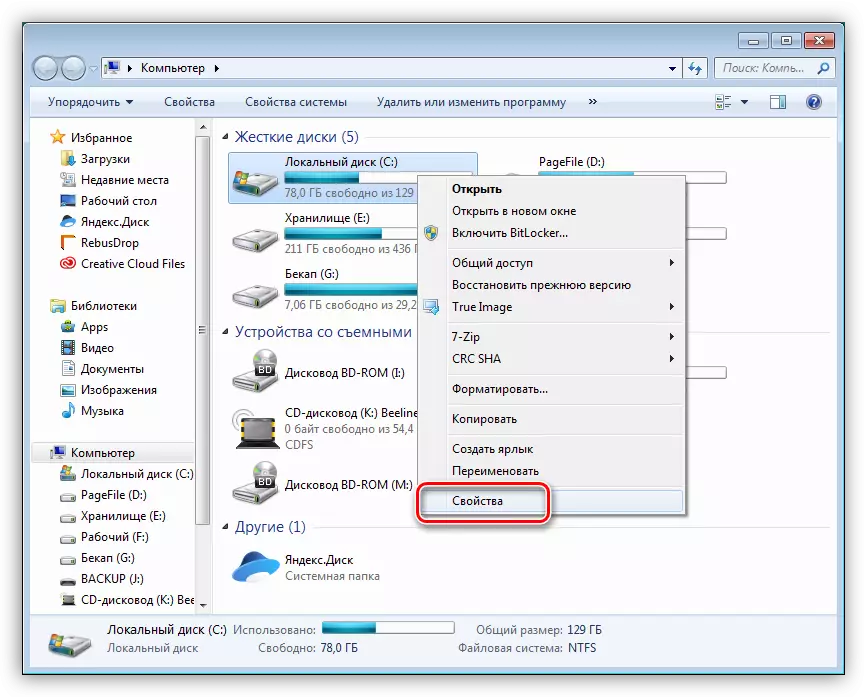
If there is little space, that is less than 10%, you need to delete unnecessary data, unused programs and clean the system from garbage.
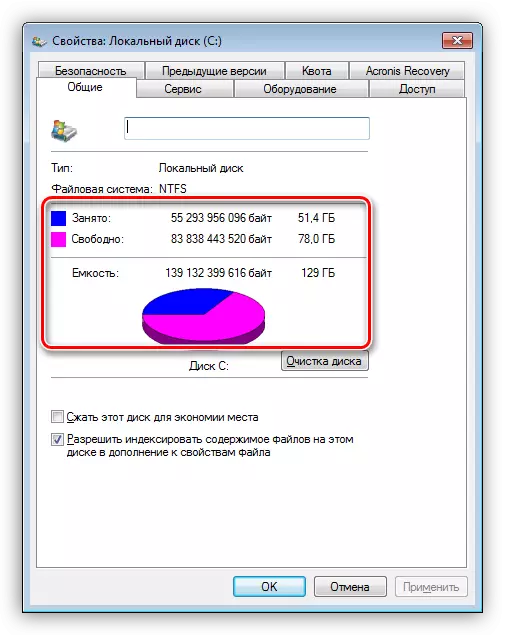
Read more:
How to delete a program from a computer
Cleaning the computer from garbage using CCleaner
- New devices
If the blue screen occurs after connecting new components to the motherboard, then you should try to update their drivers (see above). In case of failure, you will have to abandon the use of the device due to the possible malfunction or inconsistency of the characteristics.
- Errors and broken sectors on hard disk
To identify this problem, you should check all drives for the presence of problems and if possible to eliminate them.
Read more:
How to check the hard disk on broken sectors
How to check hard disk for performance
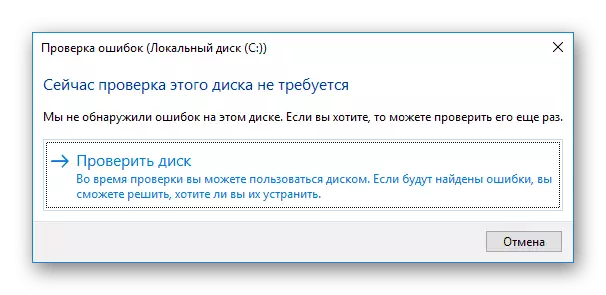
- RAM
Faulty strips "RAM" are very often the cause of failures. You can identify the "bad" modules using the MemTest86 + program.
Read more: How to test RAM using the MemTest86 + program
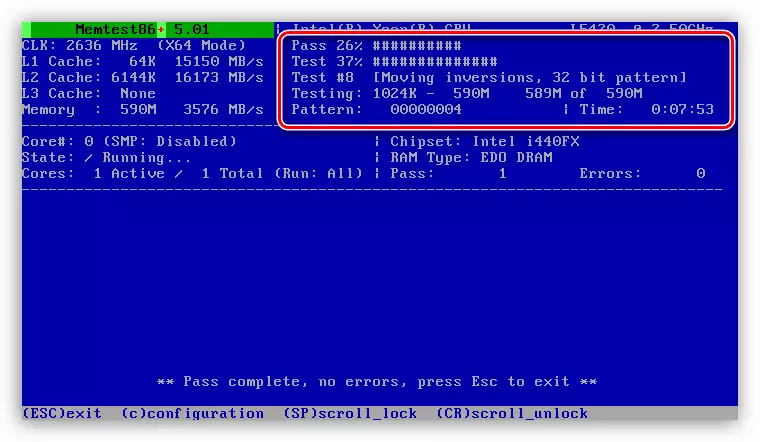
- Overheat
BSOD can also be caused by overheating of components - processor, video card or motherboard components. To eliminate this problem, it is necessary to properly determine the temperature of the "iron" and take action on its normalization.
Read more: Measure computer temperature
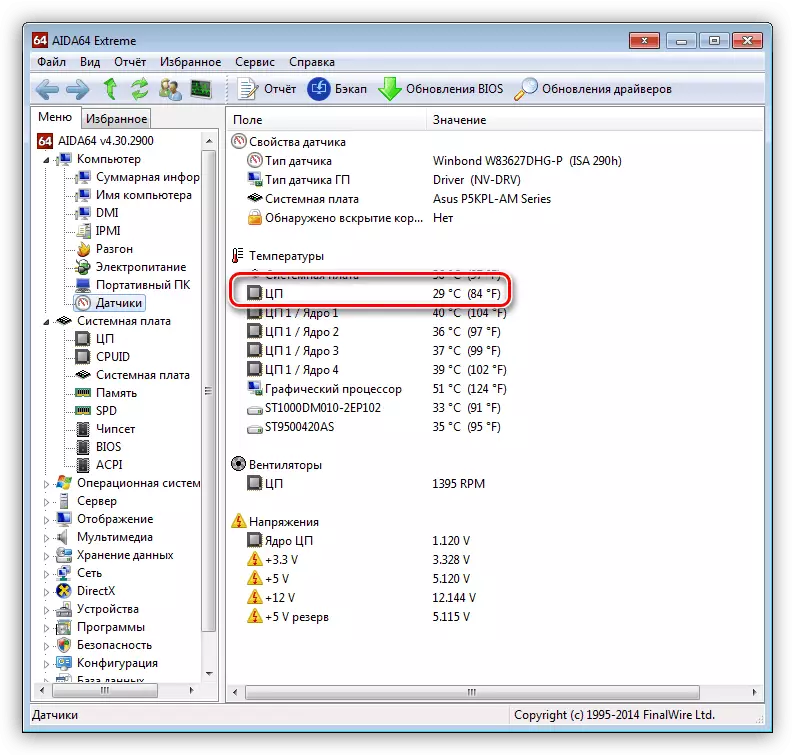
Cause 4: BIOS
The incorrect settings of the motherboard microprogram support (BIOS) can lead to a critical error of the system and the appearance of a blue screen. The easiest solution in this situation will be resetting the parameters for default.
Read more: Reset BIOS settings
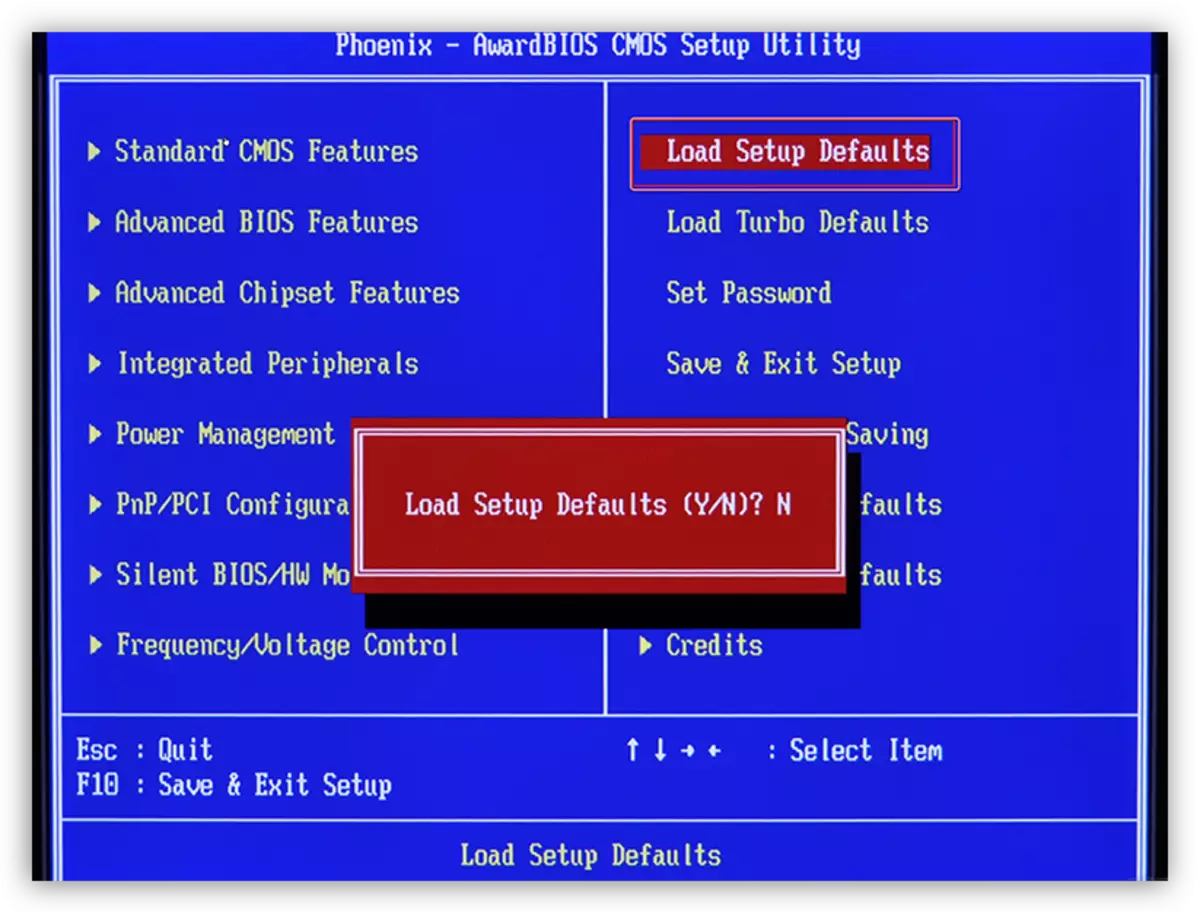
Cause 3: Viruses and Antiviruses
Viruses that have fallen on your computer can block some important files, including systemic, as well as prevent the normal operation of the drivers. You can identify and eliminate the "pests" using free scanners.
Read more: How to clean your computer from viruses
If the viral attack has closed access to the system, then perform this operation will help Kaspersky Rescue Disk, recorded on removable media. Scanning in this case is performed without loading the operating system.
Read more:
How to record Kaspersky Rescue Disk 10 on a USB flash drive
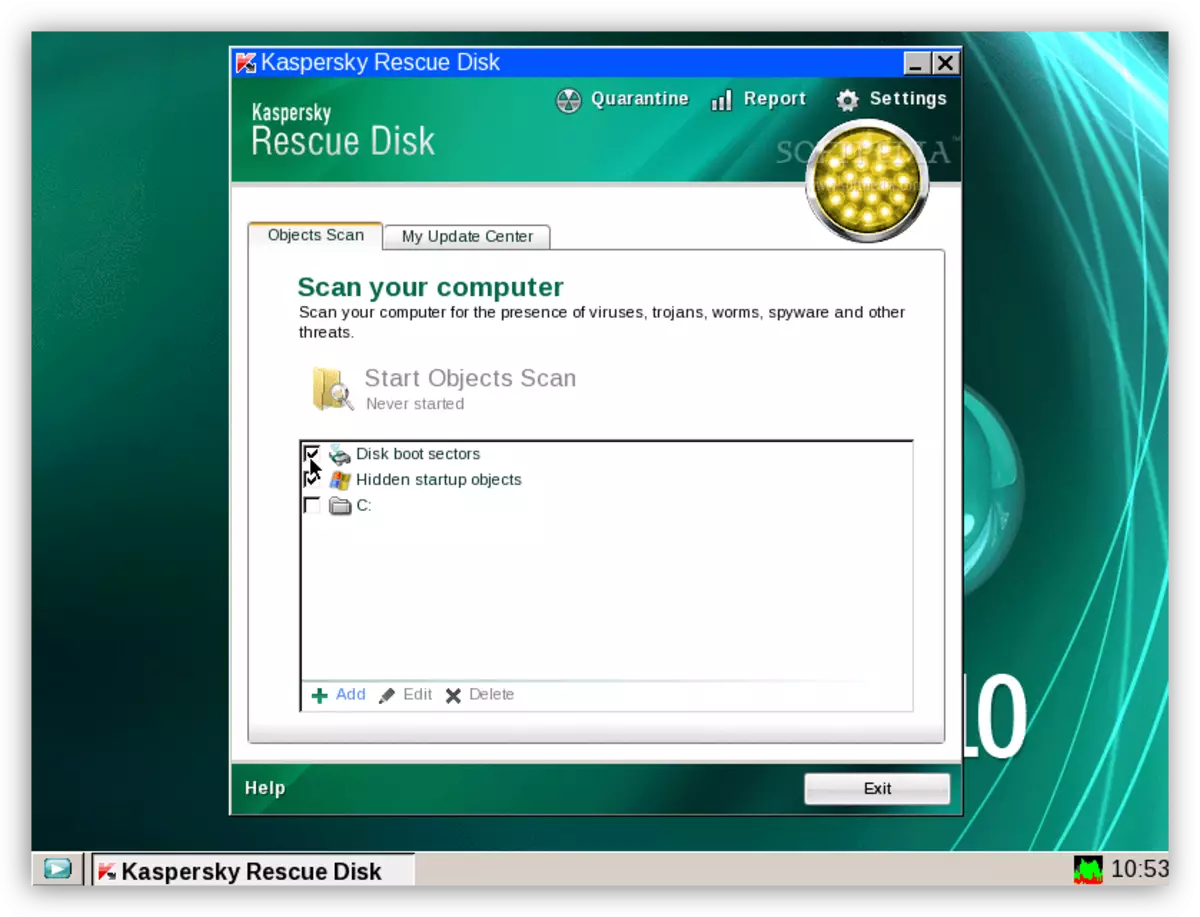
Antivirus programs can also behave in an inappropriate way. They often block "suspicious" system files responsible for the normal operation of services, drivers and, as a result, hardware components. You can get rid of the problem by turning off or removing antivirus.
Read more:
Disable antivirus
Removing Anti-Virus from Computer
Blue Screen Features in Windows 10
Due to the fact that Microsoft developers are trying to limit user interaction with system resources, the informativeness of BSODs in Windows 10 has decreased significantly. Now we can only read the name of the error, but not its code and the names associated with it files. However, in the system itself, a means appeared to identify and eliminate the causes of blue screens.
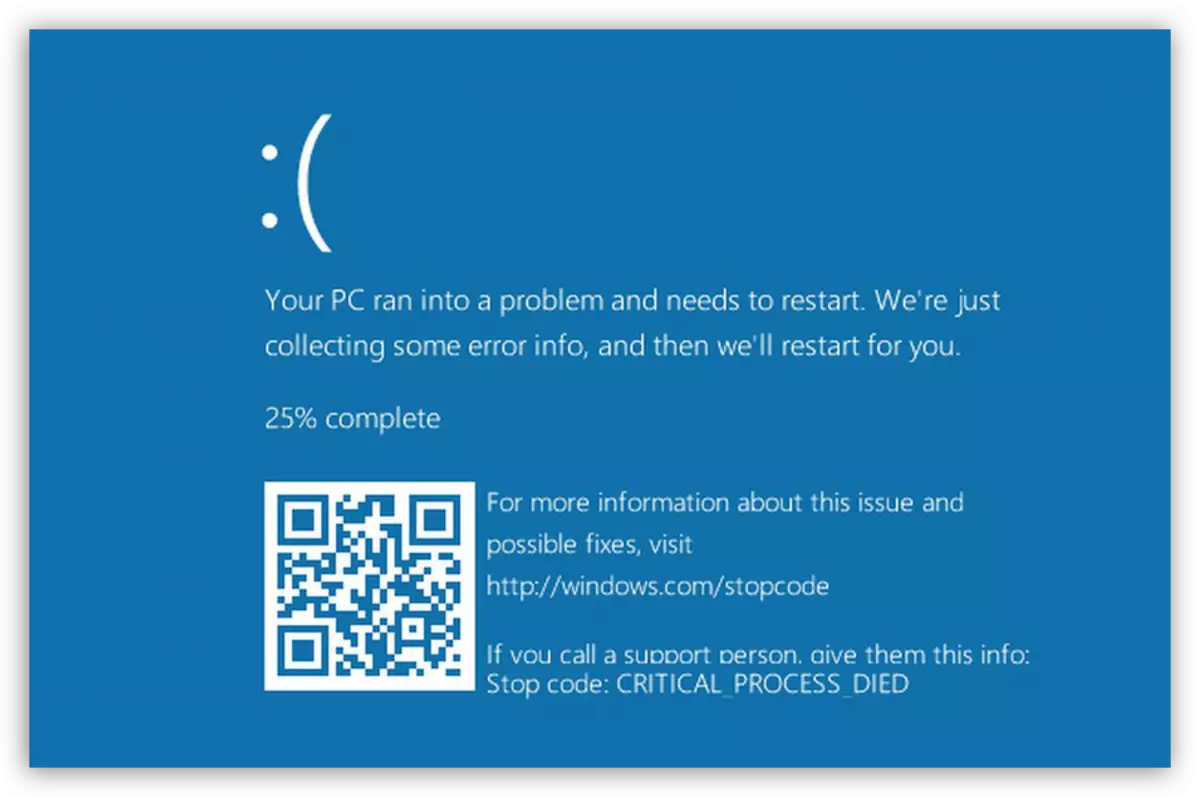
- We go to the "Control Panel" by calling the "Run" string by the combination of the Win + R keys and entering the command
Control
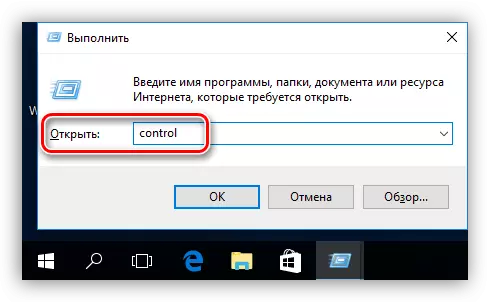
- We switch to the "Minor Icons" display mode and go to the applet "Security and Service Center".
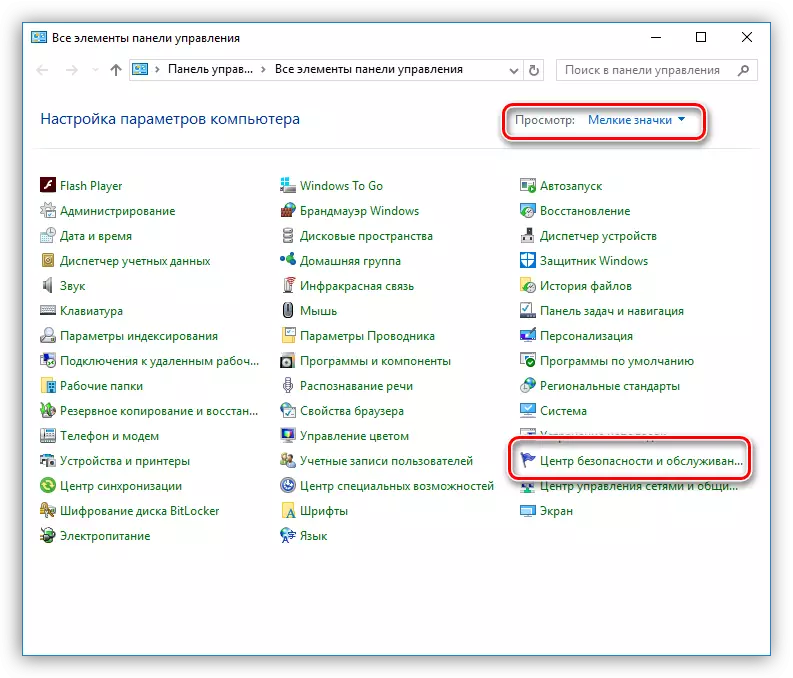
- Next, we go on the "Troubleshooting" link.
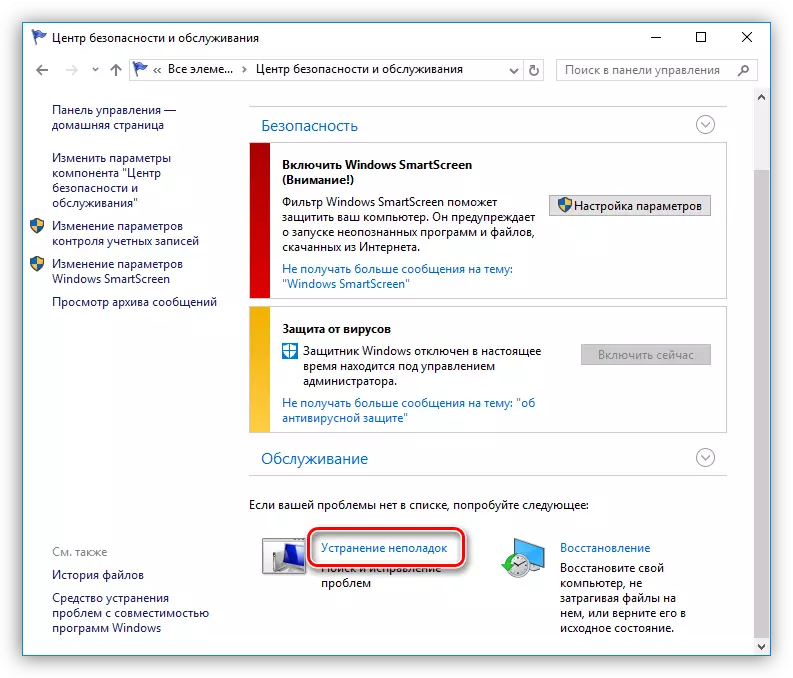
- Open a block containing all categories.
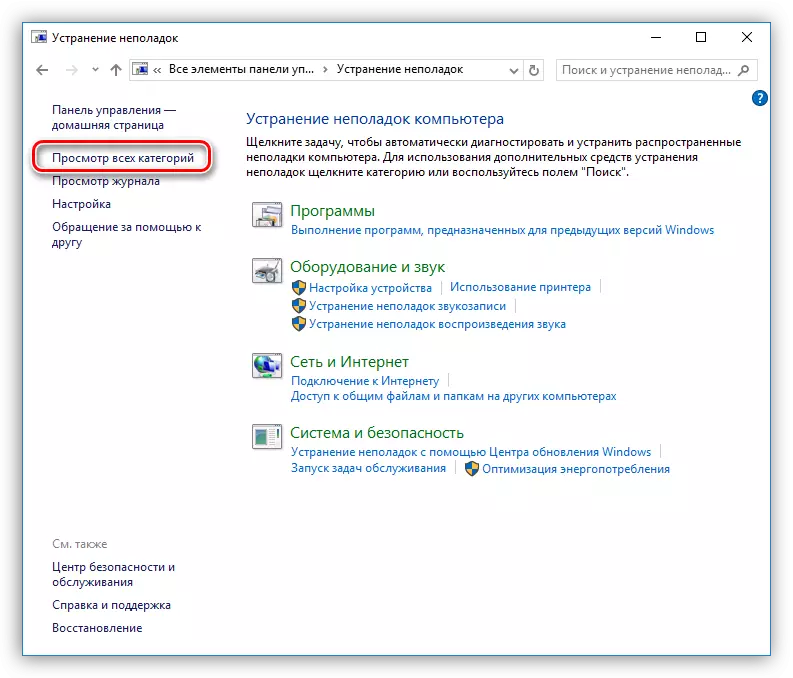
- Select the item "Blue Screen".
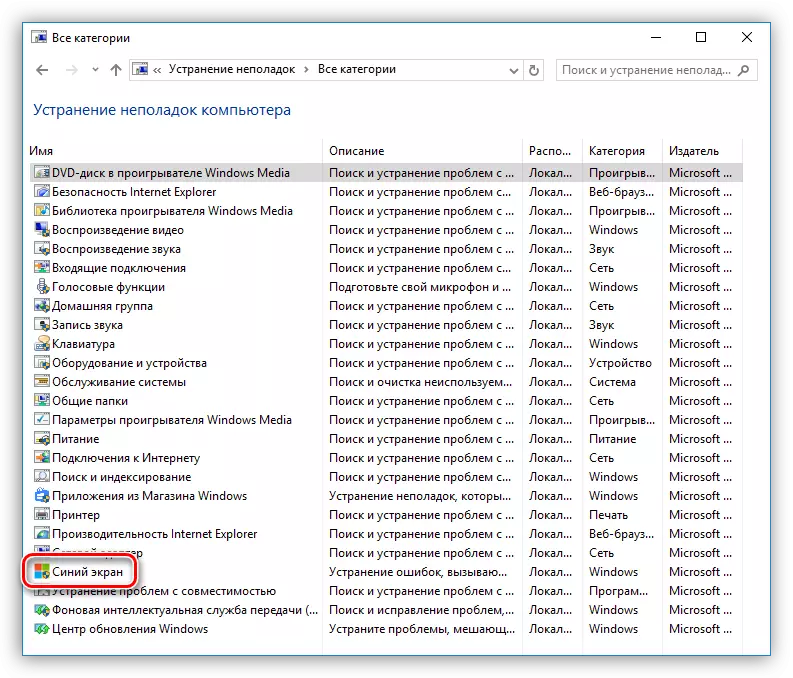
- If you need to immediately eliminate the problem, then click "Next" and follow the prompts of the "Master".
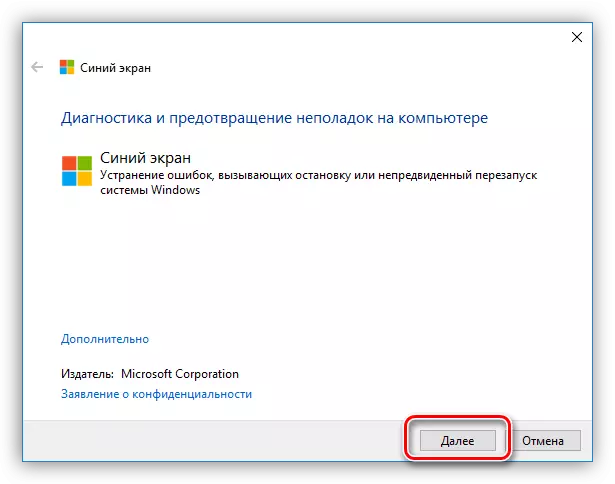
- In the same case, if you need to get error information, click on the "Advanced" link.
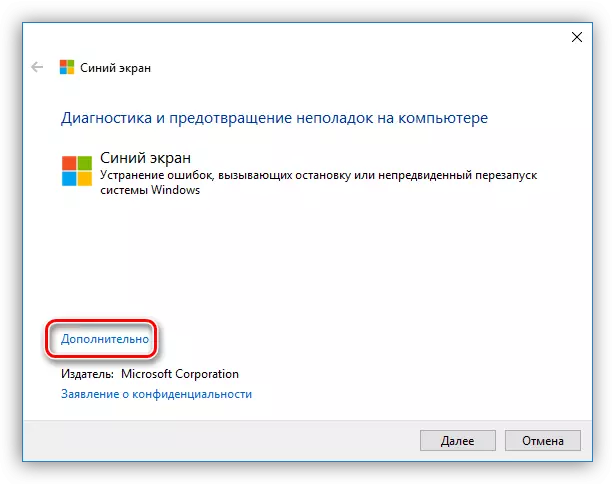
- In the next window, remove the donkey near the inscription "Automatically apply corrections" and go to the search.
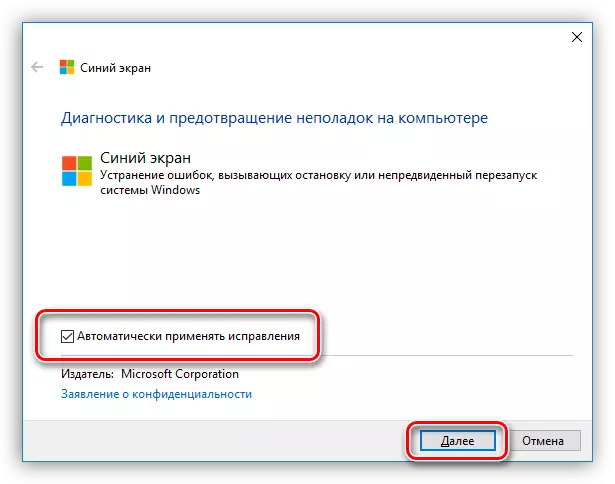
This tool will help get detailed information about the BSODE and take appropriate actions.
Conclusion
As you can see, the elimination of BSODs may be a fairly complex and requiring a large amount of time. In order to avoid the appearance of critical errors, update the drivers and system in a timely manner, do not use dubious resources to download programs, do not overheat the components, and read the information on the profile sites before acceleration.
